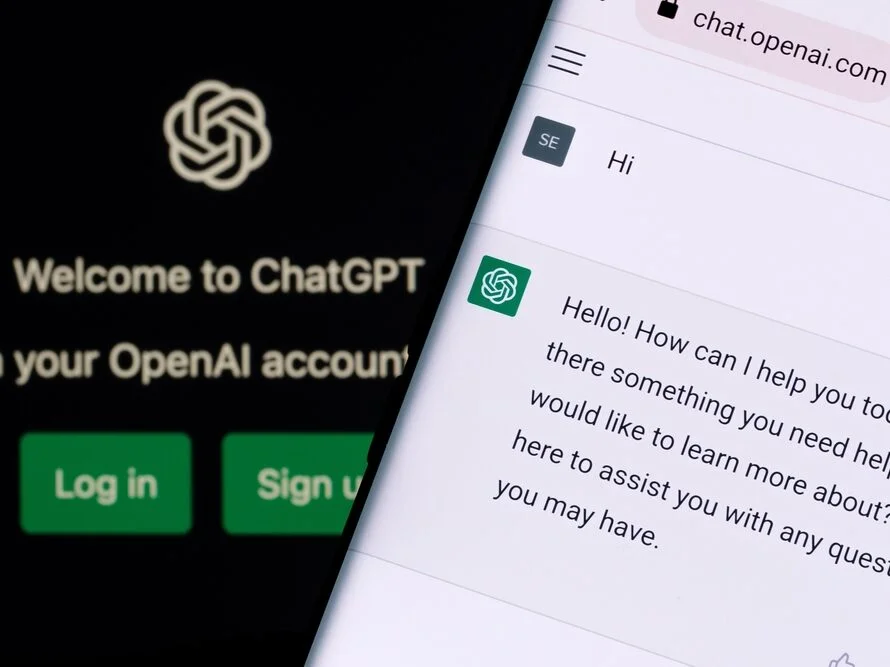In a groundbreaking move, OpenAI has unveiled the latest update to its renowned chatbot, ChatGPT. This update, which equips the AI with the ability to “see, hear, and speak,” has raised eyebrows in the publishing world. Many are concerned about the potential of AI chatbots diverting traffic from traditional content sources.
Key Highlights:
- ChatGPT now supports voice interactions, allowing users to converse with the AI.
- The update brings image recognition capabilities, enabling the chatbot to respond to visual stimuli.
- Publishers express concerns over AI chatbots potentially reducing their web traffic.
- OpenAI’s continuous advancements in generative AI technology underscore the rapid evolution of AI capabilities.
The world of artificial intelligence is ever-evolving, and OpenAI’s ChatGPT is at the forefront of this revolution. Recent reports from reputable sources such as CNN and Reuters have highlighted the chatbot’s new capabilities. Users can now verbally communicate with ChatGPT, and in return, the AI-powered chatbot can audibly respond. This human-like interaction is a significant leap from the text-based conversations users previously had with the bot.
Furthermore, ChatGPT’s latest update isn’t just about voice. The AI now boasts image recognition features, allowing it to analyze and react to images as part of a conversation. This multimodal approach, combining text, voice, and visuals, is a testament to OpenAI’s commitment to pushing the boundaries of what AI can achieve.
However, not everyone is celebrating these advancements. A growing chorus of voices from the publishing sector is expressing unease. Their primary concern? The potential of AI chatbots like ChatGPT to siphon off web traffic. As these chatbots become more sophisticated and user-friendly, there’s a fear that users might prefer interacting with them over traditional content sources.
The Rise of Generative AI:
Generative AI, exemplified by models like OpenAI’s GPT-4, is trained on vast amounts of text data, enabling it to mimic human-like text generation. With the continuous advancements in this field, AI models are becoming increasingly adept at generating content that is not only coherent but also contextually relevant.
In Conclusion:
The crux of the matter is that AI, particularly generative models like ChatGPT, is reshaping the digital landscape. While the capabilities they offer are undeniably impressive, they also bring forth challenges that industries, especially publishers, need to address. As AI continues its upward trajectory, the onus is on content creators and publishers to adapt and find ways to coexist with these technological marvels.


















